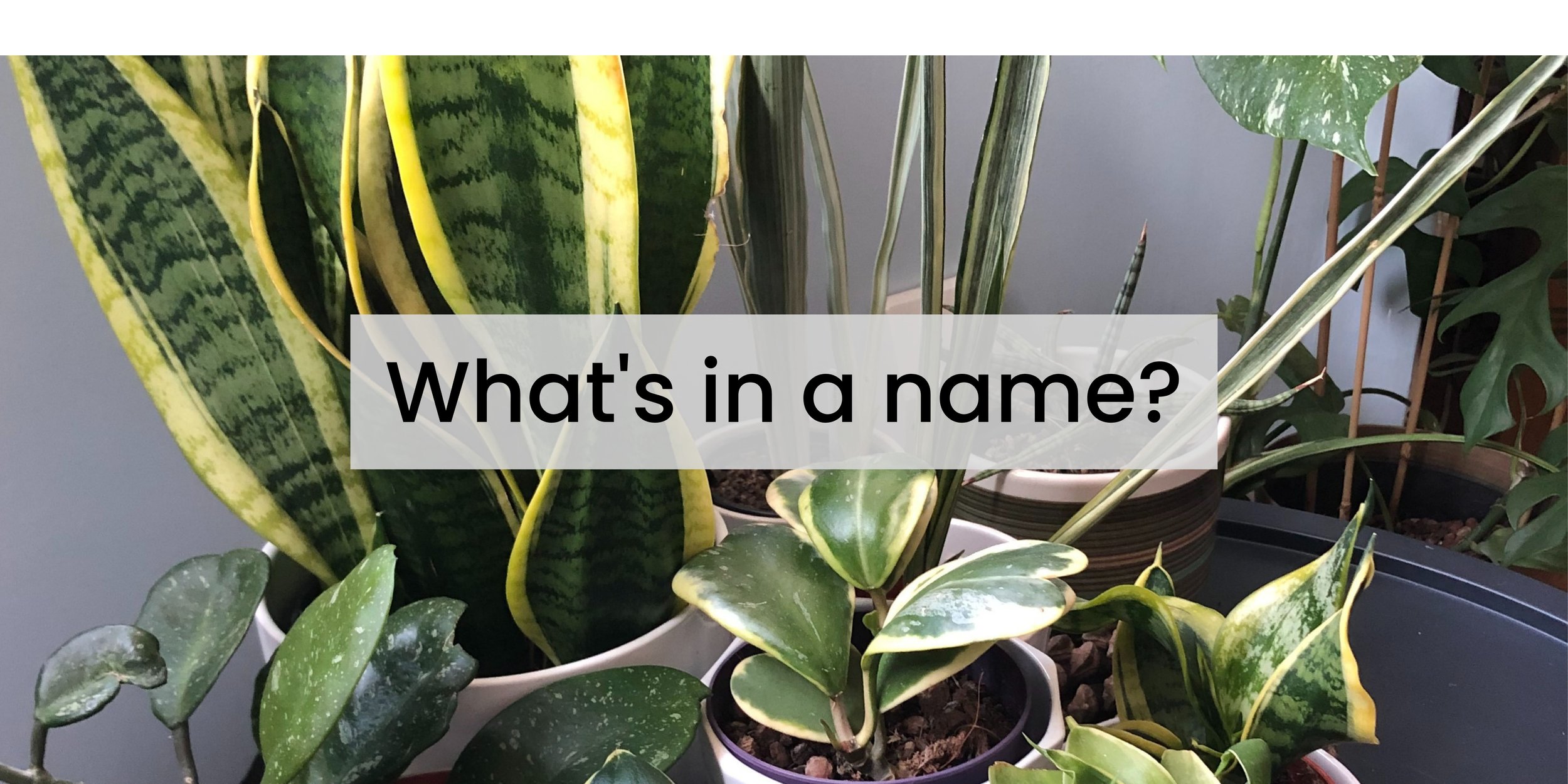Houseplant names: it's time to educate ourselves
While I've been working on the edits of my forthcoming houseplant book Legends of the Leaf I've been putting together a rather unscientific list of the most popular common names for houseplants. Here they are:
1. Money plant
2. Mother of millions/thousands
3. Anything with 'ivy' in it
4. String of ...
5. Pothos (almost never does this name refer to an actual plant from the genus Pothos).
You can probably think of a handful of plant species that carry each of these names: and therein lies both the delight and the devilment. My money plant may be a Crassula ovata - yours an Epipremnum aureum or Pachira aquatica. These names can verge on the poetic and informative, though. For instance, the Ibo people of Nigeria call Sansevieria trifasciata by the name èbùbè agụ́, meaning majesty of the leopard. And Ulrich Haage, owner of the German cactus nursery Kakteen Haage, told me that in East Germany before the fall of the Berlin Wall, the snake plant was known as die SED blume, or the SED flower (SED being the governing Socialist Unity Party of Germany) because it was a constant presence in government buildings.
Some names carry a freight of racism, sexism or other forms of prejudice, however. Another name for Sansevieria is mother-in-law's tongue, while wandering jew is still used to describe Tradescantia species. Many dismiss these as harmless jokes, but as Peter Houston of Stellenbosch University puts it in his paper on racism in plant names, "Unpleasant words remain in use because they assert power with derogatory words being a subtle form of coercion".
It's up to all of us to educate ourselves about plant names that should be consigned to the past, and explain the problem to sellers, houseplant influencers and journalists when they persist in using them. Instagram account @decolonisethegarden is a great place to start learning.
This blogpost was taken from The Plant Ledger, my email newsletter about the houseplant scene. Subscribe here and get my free in-depth guide to fungus gnats.
